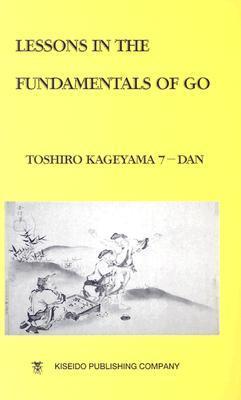What do you think?
Rate this book


272 pages, Paperback
First published July 1, 1978

Dia. 2. Black blocks at 1, of course. There is no need for him to wonder what White may do afterward. Given a chance like this, only a feeble-minded player would be uncertain where to play - 'not this point, not here either, perhaps I should leave the position as it is.' Black's hand should be trembling with eagerness to play 1. He should be overcome with emotion.